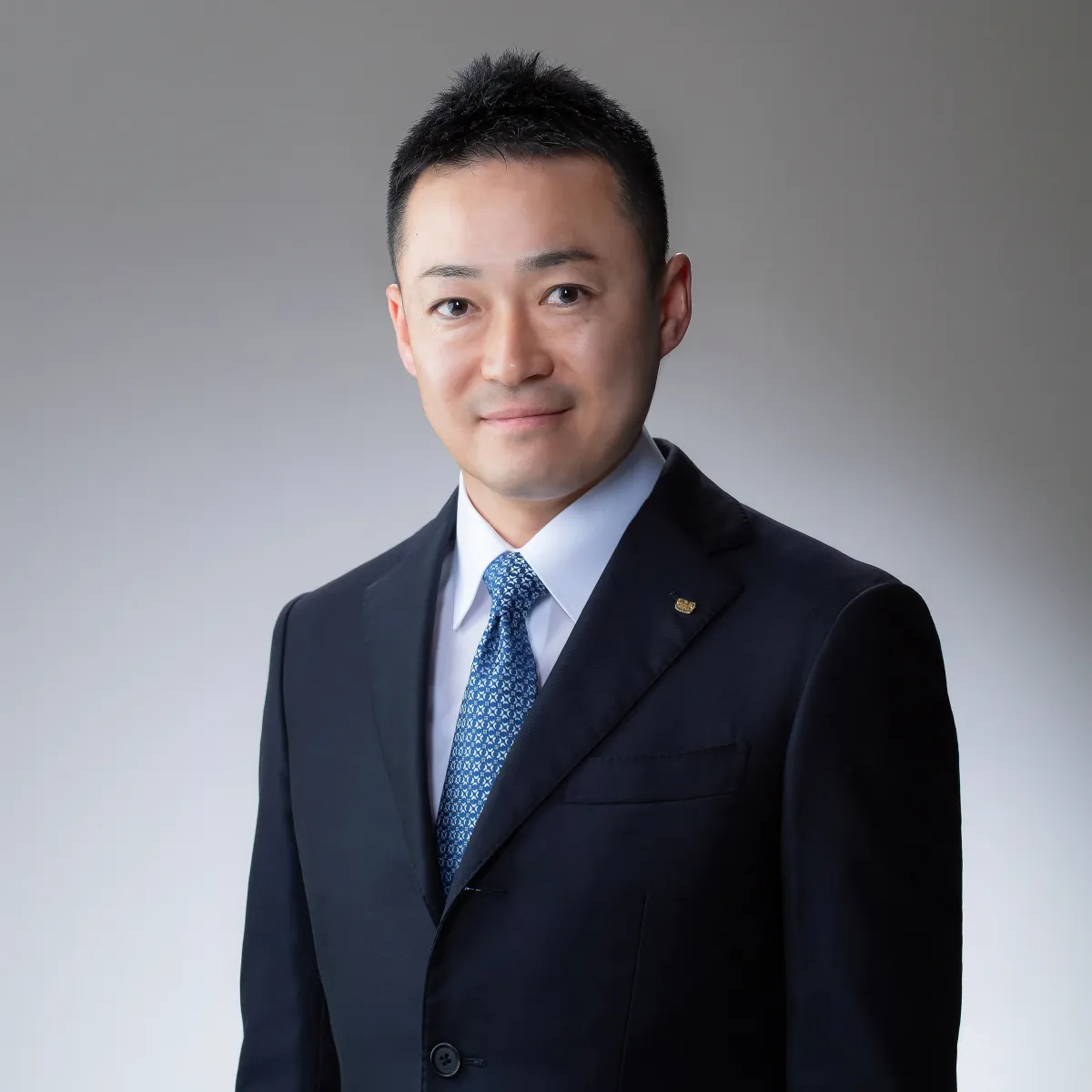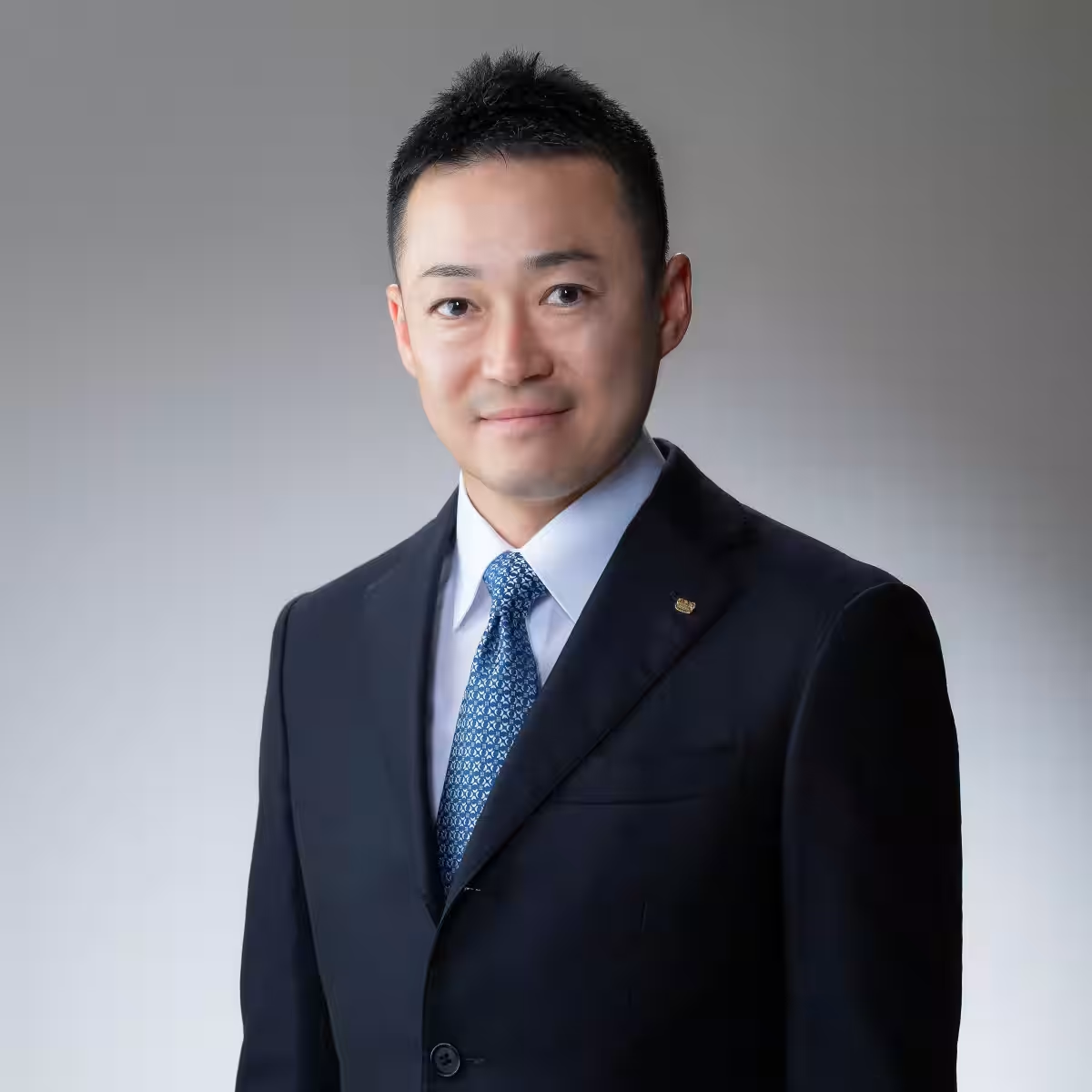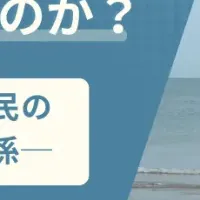

Announcement of Daisuke Kato as the Next President of Japan JC for 2026
Announcement of Daisuke Kato as New President of Japan Junior Chamber for 2026
The Japan Junior Chamber (JJC), a public interest incorporated association located in Chiyoda, Tokyo, has officially announced the appointment of Daisuke Kato as the 75th President for the year 2026. This announcement comes after the election management committee confirmed his qualifications as the sole candidate during the nomination period, which took place from July 3 to July 5, 2025.
Daisuke Kato currently serves as the Executive Director of the Japan JC and is affiliated with the Handa Junior Chamber. His leadership is particularly significant as the organization navigates its objectives and strategies for youth involvement and community service across Japan.
Kato will officially take office on January 1, 2026, with a term set for one year, concluding on December 31, 2026. The formal confirmation of his presidency will be conducted at the 180th General Assembly during the 74th National Conference in Saga, scheduled for October. This event will include the participation of various local junior chambers who will need to ratify his appointment.
This upcoming leadership heralds a pivotal moment for the Japan JC, especially considering the challenges and opportunities that the organization faces in engaging young leaders throughout the country. The Japan JC has a storied history of fostering civic leadership and addressing pressing social issues by empowering youth.
As part of the transition, additional documents regarding Daisuke Kato's biography and platform will be made available on the official Japan JC website. This information will not only highlight his qualifications but will also lay out his vision for the Japan JC during his term as president.
For more comprehensive details about Daisuke Kato's background and his plans for the organization, you can visit the official site at Japan JC Official Website.
In conclusion, the appointment of Daisuke Kato marks an exciting advancement for the Japan Junior Chamber as it continues to evolve and adapt to the changing landscape of youth advocacy. This new chapter opens up possibilities for innovative programs and initiatives aimed at building a brighter future for the younger generation in Japan.

Topics People & Culture)










【About Using Articles】
You can freely use the title and article content by linking to the page where the article is posted.
※ Images cannot be used.
【About Links】
Links are free to use.